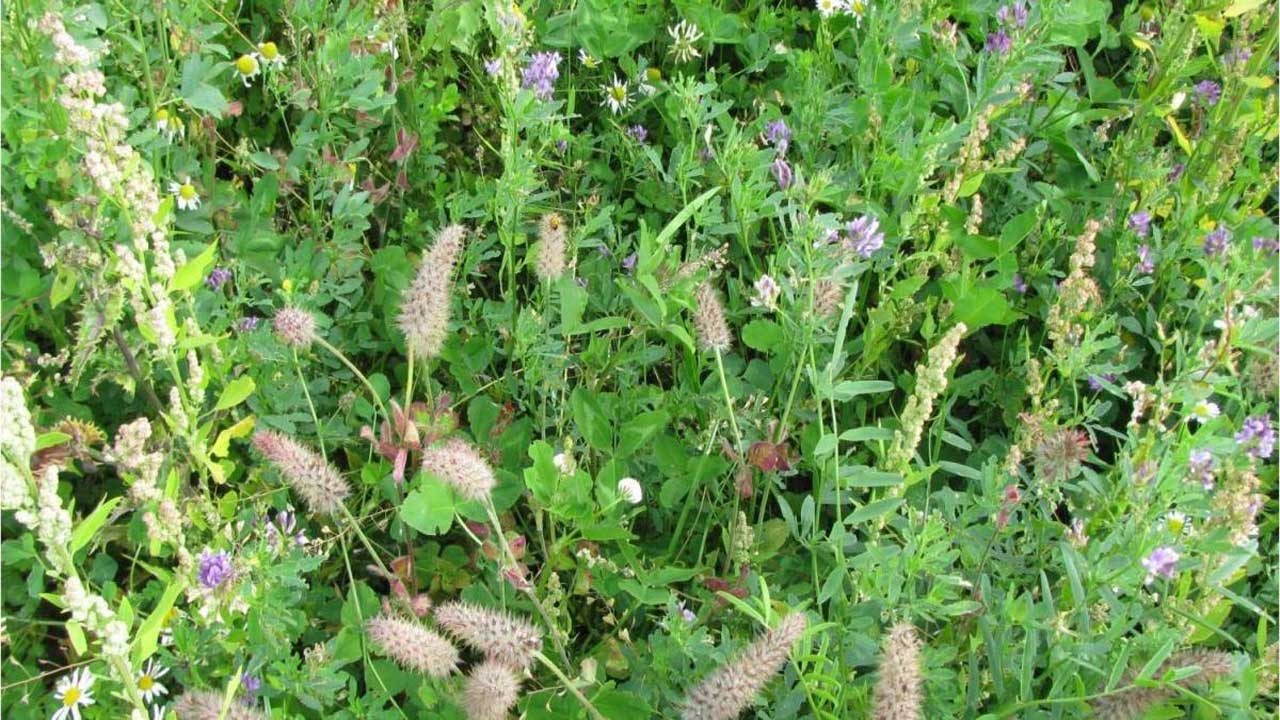
Forage legumes are an important source of feed for livestock, providing high-quality protein and essential nutrients. However, not all forage legumes are created equal in terms of yield and nutritive value. In this article, we will be exploring the findings of a study conducted in Zimbabwe that evaluated different forage legumes for yield and nutritive value. We will also provide a step-by-step guide for farmers on how to choose and cultivate the best forage legumes for their livestock.
Step 1: Understanding the Importance of Forage Legumes Forage legumes are a crucial component of sustainable livestock production systems. They have the ability to fix atmospheric nitrogen, which reduces the need for nitrogen fertilizers and provides high-quality forage for livestock. Forage legumes are also known to improve soil health, prevent erosion, and enhance biodiversity.
Step 2: Evaluating Different Forage Legumes The study conducted by Dube et al. evaluated five forage legumes, namely cowpea (Vigna unguiculata), lablab (Lablab purpureus), peanut (Arachis hypogaea), pigeon pea (Cajanus cajan), and velvet bean (Mucuna pruriens) for their yield and nutritive value. The study was conducted in the Midlands Province of Zimbabwe over two growing seasons.
Step 3: Choosing the Best Forage Legumes for Your Farm Based on the results of the study, farmers in Zimbabwe can choose the best forage legumes for their farms by considering their yield and nutritive value. Cowpea and pigeon pea was found to have the highest dry matter yield, while lablab had the highest crude protein content. Peanut and velvet beans had the highest acid detergent fiber (ADF) content, which can reduce the digestibility of the forage.
Step 4: Cultivating Forage Legumes Once farmers have chosen the forage legumes they want to cultivate, the next step is to prepare the land and plant the seeds. Forage legumes should be planted in well-drained soil with a pH of 6.0 to 7.0. The seeds should be planted at a depth of 2 to 3 centimeters, and spacing should be determined by the specific forage legume being cultivated.
Step 5: Managing Forage Legumes Forage legumes require proper management to ensure optimal yield and quality. This includes regular weeding, fertilization, and pest management. Forage legumes should be harvested at the right time to maximize yield and quality. The optimal time for harvesting varies depending on the forage legume being cultivated and the stage of growth.
Step 6: Incorporating Forage Legumes into Livestock Diets Forage legumes should be incorporated into livestock diets to provide high-quality protein and essential nutrients. Livestock should be allowed to graze on the forage legumes or they can be cut and fed as hay or silage. It is important to note that forage legumes should be introduced into livestock diets gradually to avoid digestive upset.
In conclusion, forage legumes are an important component of sustainable livestock production systems. Farmers in Zimbabwe can choose the best forage legumes for their farms by evaluating their yield and nutritive value. Proper management of forage legumes is crucial to ensure optimal yield and quality. By incorporating forage legumes into livestock diets, farmers can provide their livestock with high-quality protein and essential nutrients while improving soil health and enhancing biodiversity.
Reference:
Dube, K., Kang’ethe, S. S., & Githaiga, J. M. (2017). Evaluation of different forage legumes for yield and nutritive value in Zimbabwe. Tropical Grasslands-Forrajes Tropicales, 5(1), 20-25


















